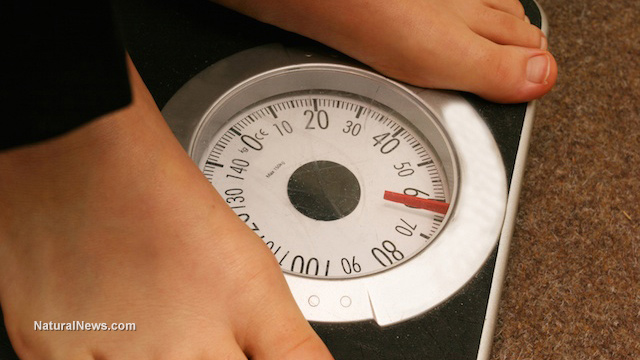Carbo-loading is necessary only if you’re an endurance athlete, explains a health expert
05/29/2020 / By Zoey Sky

Carbo-loading seems like a fun way to boost your performance. After all, enjoying a heaping serving of pasta to meet your fitness goals sounds quite enjoyable.
But does stuffing yourself with spaghetti offer benefits? Experts say yes, but only if you’re an endurance athlete.
Carbo-loading basics
The body stores energy in the form of glycogen, a substance made up of many connected carbohydrates that are stored in the muscles and liver that is easily converted into energy.
Jaime Schehr, a registered dietitian and naturopathic physician, explained that endurance athletes use carbo-loading to optimize their performance by enhancing their energy stores. When done correctly, carbo-loading helps boost glycogen storage in your cells. (Related: Study reveals marathoners and elite athletes have high levels of gut bacterium that improve exercise endurance.)
This is good for athletes, such as marathon runners, triathletes or competitors taking part in endurance-based sports. The larger your energy stores, the more fuel your body has easy access to.
When carbo-loading, you consume more carbs than usual for several days. At the same time, you decrease physical activity to reduce the amount of carbs your body is burning.
Note that the number of carbs you can eat ranges from 2.3 to 5.5 grams per pound (about five to 12 grams per kg) of body weight per day. For example, if you weigh 154 pounds (70 kg), you can consume 350 to 840 grams of carbs per day.
But not everyone can reap the benefits of carbo-loading.
Who benefits from carbo-loading?
Carbo-loading is effective, but it’s not for everyone. If you’re not an endurance athlete, you don’t need to increase your carb intake.
New racers shouldn’t carbo-load. Schehr advised that carbo-loading is only for people who have “raced distance” before and would like to try a different method of fueling their race.
Still can’t decide if you should try carbo-loading? If you’re joining a race that lasts longer than two hours, you could benefit from this method.
You can increase your carb intake if you’re biking or running for several hours, which can significantly decrease the amount of glycogen in your muscles. Doing these kinds of exercises can cause fatigue when your glycogen levels get too low.
In a study from the journal Sports Medicine, scientists found that carb-loading helps reduce fatigue and improve performance by at least two to three percent when exercising for more than 90 minutes. On the other hand, carbo-loading may be ineffective for shorter durations of exercise or activities that involve short bursts of activity like weight training.
Should you avoid carbo-loading?
Schehr warns that not everyone needs to undergo carbo-loading. If you’re a new racer or regular gym-goer, you can skip carbo-loading because you don’t really need it.
In fact, it might even backfire on your health goals.
The method isn’t effective for weight loss or weight gain, nor does it work for a sustainable diet plan. Carbo-loading is a very specific technique that is more suited for intended outcomes that involve both endurance and performance.
Carbo-loading may also cause water retention, which isn’t ideal for some endurance athletes. According to Schehr, with every gram of stored carbohydrate, you store an extra three grams of water.
Some runners may benefit from this side effect, but others might notice an increase in their overall body weight that may negatively affect their race performance.
Carbo-loading is best for long-distance runners or those competing in endurance events. But if you’re running a shorter race or if you want to stay in the best condition for an athletic event, follow your regular diet to avoid negative side effects like water retention.
Sources include:
Tagged Under: carbo-loading, carbohydrate loading, carbohydrates, diet, endurance, endurance athletes, energy boost, fasting, fitness, glycogen, glycogen storage, health science, physical performance
RECENT NEWS & ARTICLES
Fasting.News is a fact-based public education website published by Fasting News Features, LLC.
All content copyright © 2018 by Fasting News Features, LLC.
Contact Us with Tips or Corrections
All trademarks, registered trademarks and servicemarks mentioned on this site are the property of their respective owners.

















